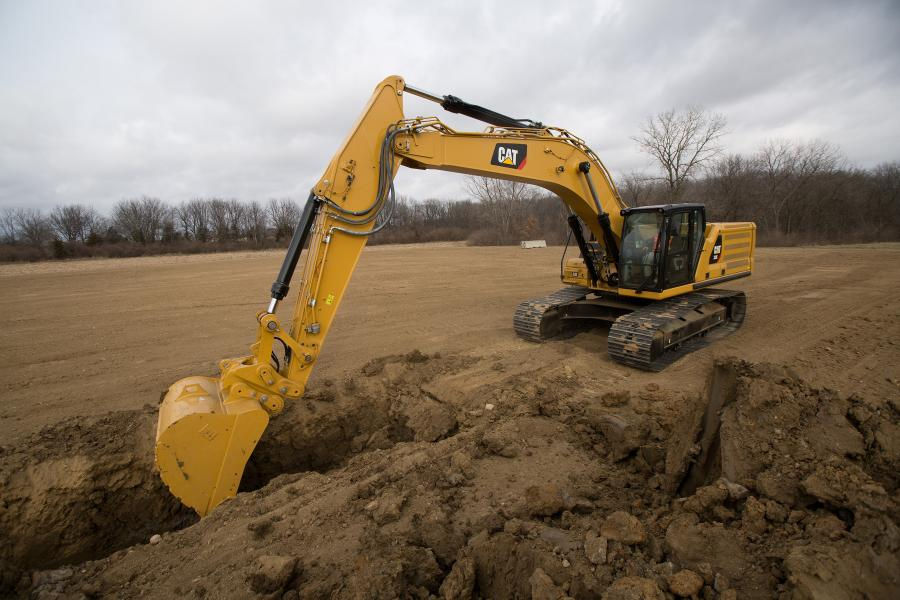Stamped Concrete vs. Patio Pavers: Choosing the Ideal Outdoor Surface
- Midtex Services
- Aug 8, 2024
- 3 min read
Updated: Oct 25, 2024

When it comes to enhancing your outdoor space, one of the most significant decisions you'll make is choosing the right surface material. Stamped concrete and patio pavers are two popular options, each offering unique benefits and aesthetic appeal. In this article, we'll delve into the differences between stamped concrete and patio pavers to help you make an informed choice for your outdoor project.
1. Aesthetic Appeal:
Stamped Concrete: Known for its ability to mimic the look of natural stone, brick, or tile, stamped concrete offers a wide range of design options. It can create a seamless and cohesive appearance, making it ideal for larger areas where uniformity is desired.
Patio Pavers: Patio pavers come in various shapes, sizes, colors, and textures, allowing for intricate designs and patterns. They offer versatility and can replicate the look of natural materials like stone or brick, adding visual interest and character to your outdoor space.
2. Installation Process:
Stamped Concrete: The installation of stamped concrete involves pouring wet concrete and then stamping it with patterned molds to create the desired texture and design. It requires skilled professionals to ensure proper alignment and finishing techniques.
Patio Pavers: Patio pavers are individual units that are laid on a prepared base with sand or gravel between them. The installation process involves laying the pavers in the desired pattern, cutting them as needed for edges and corners, and then compacting the surface.
3. Durability and Maintenance:
Stamped Concrete: Stamped concrete is durable and can withstand heavy foot traffic. However, it may be prone to cracking over time, especially in areas with freeze-thaw cycles. Proper sealing and periodic maintenance are essential to prevent staining and damage.
Patio Pavers: Patio pavers are highly durable and resistant to cracking. Individual pavers allow for flexibility, as any damaged or stained paver can be easily replaced without affecting the rest of the surface. They require minimal maintenance, such as occasional sweeping and re-sanding of joints.
4. Cost Considerations:
Stamped Concrete: Stamped concrete can be more cost-effective than patio pavers in terms of material and installation costs. However, customization options and long-term maintenance should be factored into the overall cost.
Patio Pavers: While patio pavers may have a higher upfront cost, they offer long-term savings due to their durability and ease of repairs. The ability to replace individual pavers makes them a cost-effective option over time.
5. Climate Compatibility:
Stamped Concrete: Stamped concrete is suitable for various climates but may require additional precautions in areas with extreme temperature fluctuations. Proper sealing and maintenance are crucial to prevent damage from weather exposure.
Patio Pavers: Patio pavers are well-suited for all climates, including areas with freezing temperatures. Their interlocking design allows for expansion and contraction without cracking, making them ideal for areas with harsh weather conditions.
6. Design Flexibility:
Stamped Concrete: While stamped concrete offers design versatility, changes or repairs can be challenging once the concrete is set. Customization options are primarily focused on the initial installation.
Patio Pavers: Patio pavers provide greater flexibility as designs can be easily modified or expanded. They allow for creative patterns, borders, and accents, making them ideal for evolving outdoor spaces.
Conclusion:
Both stamped concrete and patio pavers have their advantages and considerations. Stamped concrete offers aesthetic appeal and cost-effectiveness, while patio pavers provide durability, ease of repairs, and design flexibility. Consider factors such as your budget, desired aesthetics, climate conditions, and long-term maintenance when choosing between stamped concrete and patio pavers for your outdoor project. Consulting with a professional contractor can also help you make an informed decision based on your specific needs and preferences.





Comments